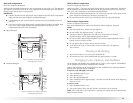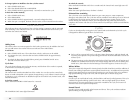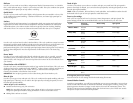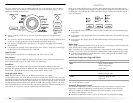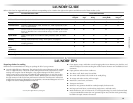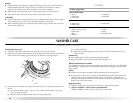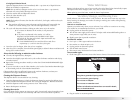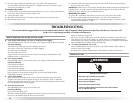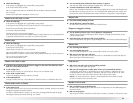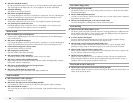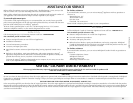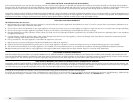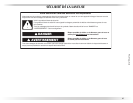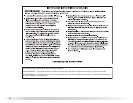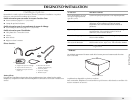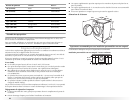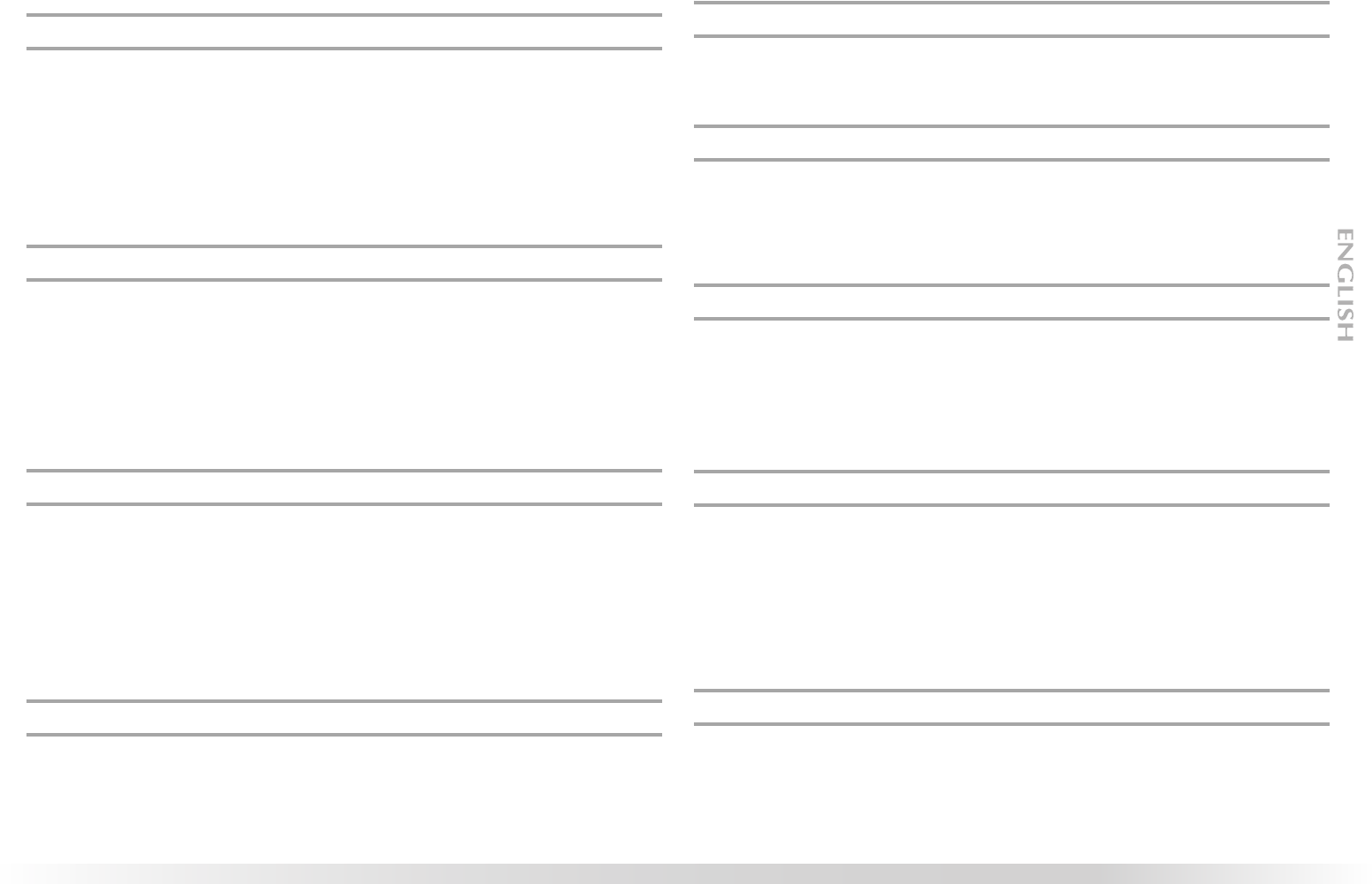
23
Check the following:
Is the power cord plugged into a grounded 3 prong outlet?
Is the washer door firmly closed?
Has a cycle been selected, but START/PAUSE has not been selected and held
for 1 second?
Was the door open after completion of last cycle?
Washer won’t fill, wash, or rinse
Check the following:
Is the power cord plugged into a grounded 3 prong outlet?
Is there power at the plug? Check electrical source or call an electrician.
Are the hot and cold water faucets turned on?
Is the water inlet hose kinked?
Are the water inlet valve screens clogged?
Turn off the water and remove inlet hoses from the washer. Remove any accumulated film
or particles. Reinstall hoses, turn water on, and check for leaks.
Washer stops
Check the following:
Is the power cord plugged into a grounded 3 prong outlet?
Is there power at the plug?
Check electrical source or call an electrician.
Has a household fuse blown, or has a circuit breaker tripped?
Replace the fuse or reset the circuit breaker. If the problem continues, call an electrician.
Are you using an extension cord?
Do not use an extension cord.
Washer won’t drain or spin
Is the drain hose kinked? Is the drain hose clogged, or the end of the drain hose more
than 96" (2.4
m) above the floor?
Is your voltage low?
Check electrical source or call electrician. Do not use an extension cord.
Is the “SUD” routine active?
Cycle will complete once extra suds are removed.
Is the load balanced?
A single or bulky item may cause imbalance. Add more items or redistribute the load.
Washer makes noise or vibrates
Is the washer level?
The washer must be level. The four feet should be properly installed, and the nuts should
be tightened against the washer cabinet.
As water is drained from the washer, you may hear air being pulled through the pump.
This happens during the end of draining. It is normal.
Are you washing items with metal snaps, buckles, or zippers?
You may hear metal items touching the washer drum. This is normal.
Is washer installed on a sturdy and solid floor?
Refer to the “Installation Instructions” for flooring requirements. Noise and vibration may
be reduced by securing a piece of ¾" (19.1
mm) plywood underneath your washer. The
plywood may extend underneath both washer and dryer to keep them at equal heights.
Washer leaks
Check household plumbing for leaks.
Are the inlet hose connections tight?
For inlet hose connections, see “Connect the Inlet Hoses.”
Dispensers clogged or leaking
Are the laundry products in the correct dispenser compartment?
Add the correct amounts of detergent, fabric softener, or liquid chlorine bleach to the
correct compartments.
Is the detergent type selector in the correct position?
Selector should be on the right for liquid detergent and to the left for powdered detergent.
Washer odor
See “Cleaning Your Washer.”
Are you using HE detergent?
Use of non-HE detergent can cause a film residue which can result in odor.
Did you leave the door open after use?
This washer has a tight seal to avoid water leaks. To avoid odors leave the door open to
allow the washer to dry between uses.
Load too wet
Did you use the right cycle for the load being washed?
Select a cycle with a higher spin speed.
Did you wash a single item or bulky items or have you overloaded the washer?
A single item, bulky items, or overloading may cause imbalance. Add items or try to
evenly distribute your wet laundry in the drum, and start a Drain & Spin cycle. If the
laundry is still wet, take half of the load out of the washer and try again.
NOTE: Use of the Max Extract
TM
option is recommended for heavy loads to avoid
excessive moisture at the end of the cycle.
Residue or lint on load
Did you add detergent to the dispenser?
For best results, add detergent to the Main wash compartment. Do not add detergent to
the washer drum.
Did you sort properly?
Sort lint givers (towels, chenille) from lint takers (corduroy, synthetics). Also sort by color.



